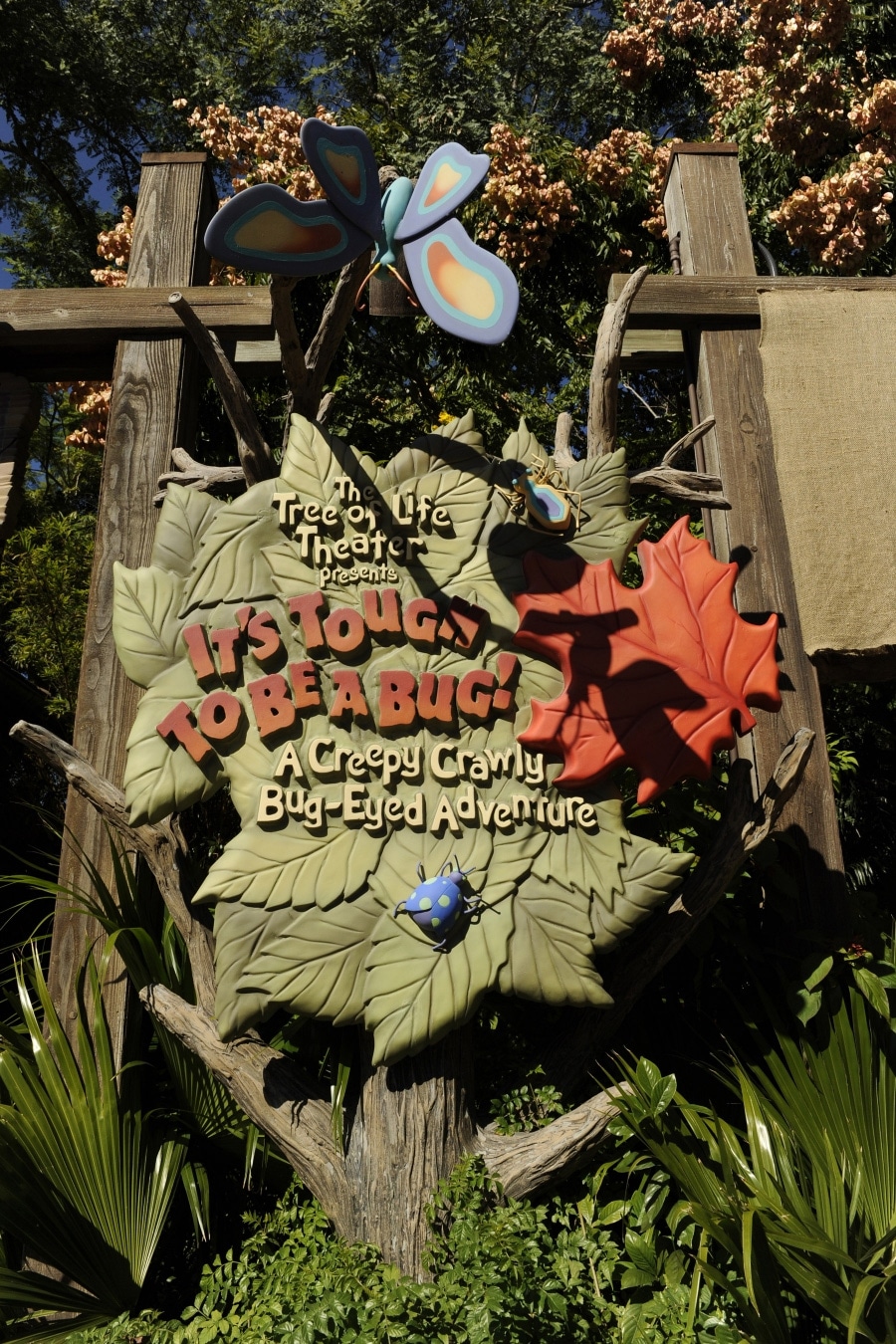
Sweet alyssum and candy-tufts are common garden flowers in this family that provide useful flowers. The Brassicaceae, or mustard family includes many common crops such as radish, mustard, arugula, broccoli, and bok choi that can be left to flower after harvest. Lettuce or chicory can be left to go to seed for their flowers.įlowering bok choi (L) provides food for a small syrphid fly (R). Several types of sunflowers have extrafloral nectaries (nectar-producing glands on stems or foliage) that attract and feed many types of natural enemies. In the Compositae, or aster family, are cosmos, coneflowers, coreopsis, blanket flower and many others. Many plants in the aster family have beneficial-friendly flowers. In an organic market garden in Massachusetts, flowering fennel attracted 48 species of ichneumonid wasps and 8 species of predatory wasps. All have an inflorescence with lots of tiny, accessible flowers. Queen Anne’s lace, wild parsnip, fennel, dill, cilantro/coriander, caraway and others are quite attractive to beneficials. The Umbelliferae, or carrot family, contains many such species which are frequently included on lists of good plants for insects. Most of the flowers with these characteristics are concentrated in a few plant families. These types of flowers are frequently included in lists of flowers to plant for beneficials, or are in commercially available “insectary seed blends.”Ĭilantro flowers attract many small insects. Each individual flower is shallow (not tubular), and has exposed nectaries (although you probably can’t see that!) so it’s easy for the fly to gets its tiny mouthparts to the good stuff. But to a little syrphid fly, less than ¼ inch long, it’s a smorgasboard of hundreds of tiny nectar-producing flowers.


Take a look at a Queen Anne’s lace “flower” – it’s a large inflorescence (an umbel, technically speaking). The flower of Queen Annes lace (L) is made up of many small flowers (R). Many of these small flowers come in big packages that we’d call a single flower, but are actually lots of tiny individual flowers grouped together. The best flowers for these small natural enemies are also small. Many of the natural enemies that can benefit most from floral resources are very tiny wasps, which will get lost in a big flower.

However, the size and shape of a flower limit the kinds of insects that can access its pollen and nectar. Whether or not planting a specific flower will actually help reduce the abundance of a problematic garden pest depends on how effectively the flower brings in the more effective natural enemies.įlowers provide pollen and nectar as a sort of bribe to induce insects to transfer pollen from one flower to the next and cause pollination. Predatory bugs (such as nabid bugs, minute pirate bugs or twospotted stink bugs) can also be found on flowers, but they’re generally there to feed on thrips or other prey on the blossoms rather than feeding on the flowers themselves. Not all flower visitors are there for the nectar! Some of the many beneficial insects that visit flowers include lady beetles, green lacewings, syrphid flies, tachinid flies, sphecid wasps and various parasitic wasps. By providing nectar and pollen, flowers can attract and keep the natural enemies of many pests in the home landscape, enhancing natural or biological control. Many natural enemy adults – particularly tiny wasps and flies – visit flowering plants to obtain nectar and pollen. Many natural enemies visit flowers for the nectar and pollen.


 0 kommentar(er)
0 kommentar(er)
